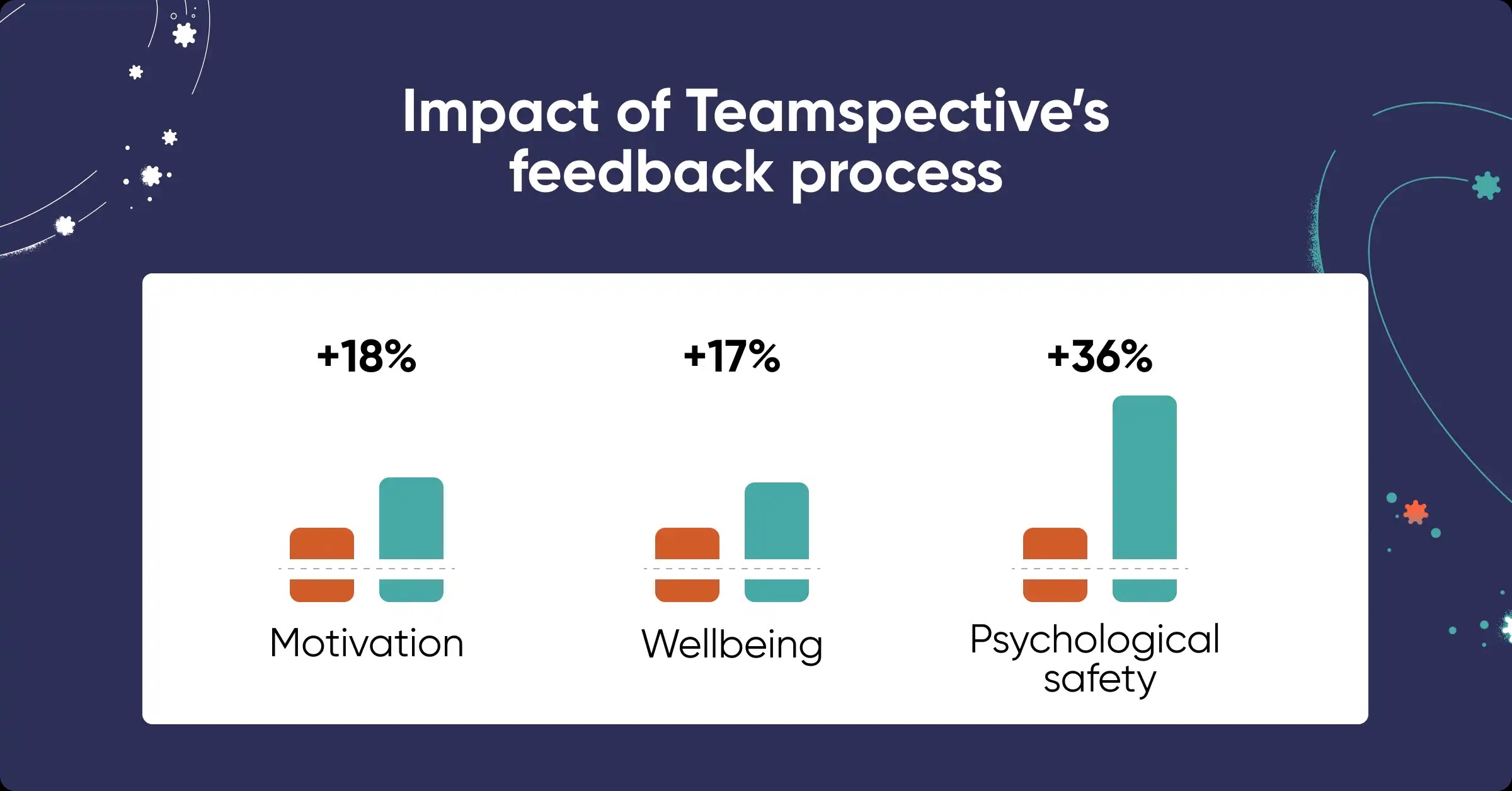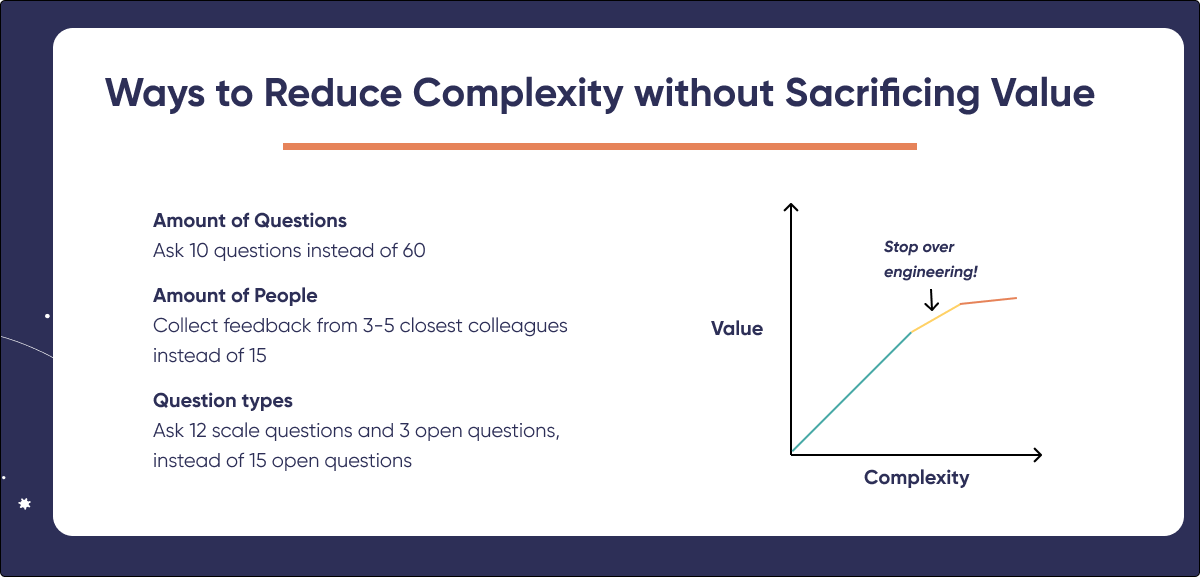How to Run Effective Career Development Conversations That Drive Growth
August 11, 2025Career development conversations play a big role in helping your organization grow. But many companies don’t do them well. You sit across from your employee, flipping through notes about what went wrong months ago. They get defensive. You feel awkward. Nothing useful comes out of it.
Career development conversations play a big role in helping your organization grow. But many companies don’t do them well. You sit across from your employee, flipping through notes about what went wrong months ago. They get defensive. You feel awkward. Nothing useful comes out of it.
Here’s what I’ve learned: the conversation itself isn’t the issue. The real problem is we’re having the wrong kind of conversation.
Instead of focusing on old mistakes, these talks should be about what comes next. Instead of criticism, they should offer chances to grow. And instead of happening once a year, they should be a regular part of your 1-on-1s.
The good news? These conversations don’t have to be hard or take a lot of time. With the right mindset and plan, they can become some of the most valuable moments you share with your team.
What is a Career Development Conversation?
A career development conversation is a structured talk between a manager and an employee. It focuses on the employee’s future goals, skills, and growth. Unlike traditional reviews, these conversations look ahead instead of backward.
In my experience, they’re key for several reasons:
- Employee Retention: Companies with strong development programs keep 34% more employees. When people feel supported, they stay longer.
- Better Performance: When employees see how their current role helps them reach future goals, they work more effectively.
- Leadership Development: These talks help spot future leaders and prepare them for bigger roles.
- Employee Engagement: When managers show real interest in growth, engagement scores rise.
I’ve seen company cultures change just by switching from yearly reviews to regular career development conversations.
Listen to Your People
Track engagement and wellbeing continuously and ensure leaders take action on all levels of the organization – effortlessly in Slack or MS Teams.
Key Components of a Career Development Conversation
After helping many companies adopt these conversations, I’ve found that the best ones include these elements:
1. Career Aspirations and Goals
- Where does the employee want to be in 2–3 years?
- What roles or tasks are they most excited about?
- Do their goals match what the company can offer?
2. Skills Assessment
- What are their top strengths?
- What skills do they need to improve?
- How do their current skills support their goals?
3. Development Opportunities
- What training or experiences would help them grow?
- Are there stretch projects they can try?
- Can they join cross-team efforts?
4. Growth Challenges
- What could slow their progress?
- Are there skill gaps to close?
- How can you help them overcome these barriers?
5. Next Steps and Action Items
- What exact steps will they take?
- How will you support them?
- When will you check in on their progress?
How to Run a Career Development Conversation
After holding hundreds of these talks, I’ve built a simple and repeatable method.

Before the Conversation
Setting up the stage is what determines how well the development conversation will go. Focus on the following steps.
- Gather Insights: Get feedback from peers, check goals, and review how they work with others.
- Share Info Early: Send this data to the employee before the meeting. It helps both of you come prepared.
- Set the Tone: Make it clear this is about growth, not pay or discipline.
During the Conversation
Ask questions that focus on the future. Avoid rehashing old mistakes. Here are some that I often use.
For Career Growth:
- “What skills do you want to build to do better in your role?”
- “Where do you want to grow to meet your goals?”
- “What should you learn to take on a future role?”
For Development Planning:
- “What can I or the company do to support your growth?”
- “Which learning experiences would help most?”
- “Are there any projects that could stretch your skills?”
For Reflection:
- “When do you feel most energized at work?”
- “What are your biggest strengths?”
- “How does your current job support your long-term goals?”
After the Conversation
Stick to three steps: document, follow up, support.
- Document: Write down action items and set deadlines.
- Follow up: Don’t wait for next year. I suggest quarterly check-ins.
- Support: Offer tools, training, or mentoring to help them move forward.
Tips for a Career Development Conversation (for Leaders)
After years of helping managers, these are the tips that make the biggest difference.
1. Separate Growth from Compensation
Don’t mix career talks with money discussions. Keep raises and bonuses out of the room. This keeps the focus on growth, not dollars.
Many great conversations get derailed when pay comes up. Keep them separate for better results.
2. Make It Regular, Not Once a Year
Don’t wait 12 months for a development talk. Make it a regular part of your 1-on-1s.
I suggest talking about career goals every quarter and checking in monthly on growth. This way, nothing important slips through the cracks.

3. Focus on Strengths
People do best when they play to their strengths. Help employees use what they naturally do well, instead of only fixing what’s weak.
4. Use the “Start, Stop, Continue” Framework
This simple structure helps guide feedback:
- Start: What should they try doing?
- Stop: What’s holding them back?
- Continue: What’s working well?
5. Ask for Feedback
Make it a two-way street. Ask:
- “What do I do that helps you succeed?”
- “What should I change to better support you?”
- “How can I better help you reach your goals?“
6. Link Personal Goals to Company Needs
Show how their goals match the company’s future. When people see this link, they feel more connected and motivated.
7. Be Honest About Opportunities
Don’t overpromise. If a role isn’t open, say so. Talk about other paths or timing instead. Honest conversations build trust.
The Role of Leadership Enablement
One big lesson I’ve learned: career conversations only work when leaders are prepared. Many managers struggle because they lack the right skills and tools.
That’s where leadership enablement tools like Teamspective can help. They give managers a full view of each employee: how they work, what they need, and how they’re growing. With that, conversations get better and more useful.
Good leadership enablement should include:
- Training on how to lead growth talks
- Access to helpful employee data
- Simple templates and frameworks
- Ongoing coaching and support
When managers have the right tools, they go from feeling unsure to leading clear, helpful conversations that actually move people forward.
Conclusion
Career development conversations are key to helping employees grow and your business thrive. By focusing on the future, using clear data, and following up often, you can create a system your people truly value.
The steps in this guide show how to keep things simple yet powerful. With the right tools and mindset, your managers can lead talks that drive real results.
At Teamspective, we support HR teams in building strong career development processes through our Leadership Enablement Platform. Our solution gives managers the tools and insights they need for meaningful career development conversations. Contact our HR experts to learn how we can help you build a growth-focused process that truly works.



